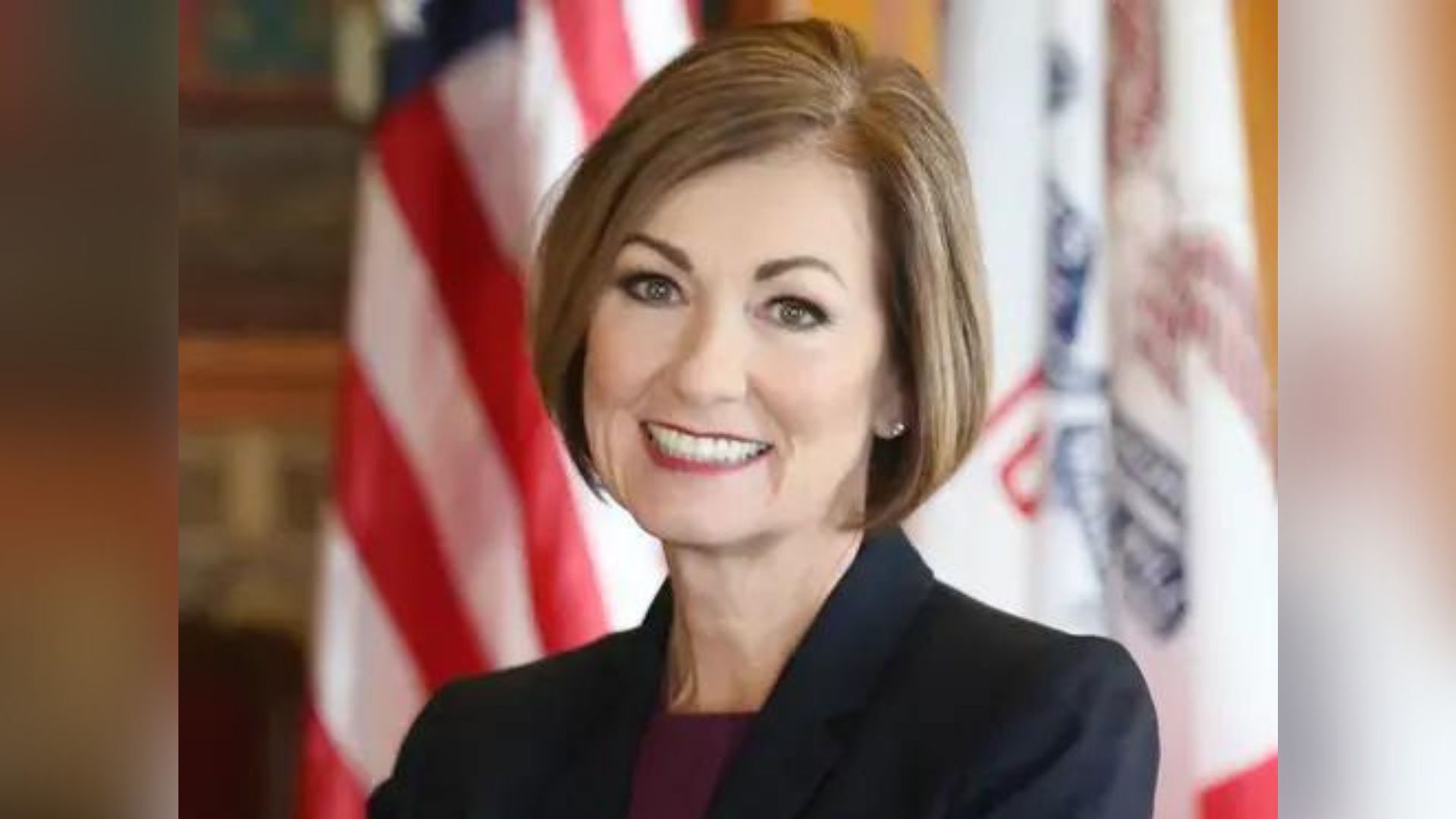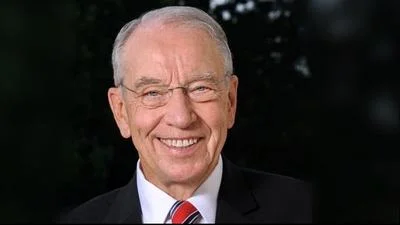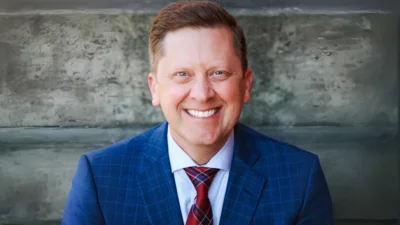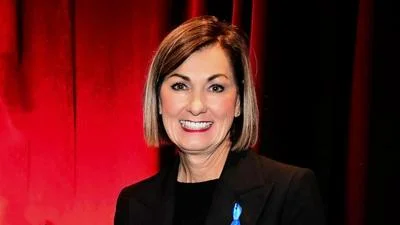Iowa Gov. Kim Reynolds | governor.iowa.gov
Iowa Gov. Kim Reynolds | governor.iowa.gov
Response to Iowa’s school voucher program has far exceeded projections with more than 15,000 applicants signing up in the first week.
"The response to the Students First ESA program has been overwhelming - showing how hungry Iowans are for Educational Freedom! Now over 10,000 applications in less than 72 hours!" Iowa Gov. Kim Reynolds wrote in a June 2 Twitter post.
In January, Reynolds signed the Students First Act, a bill creating a school voucher program for K-12 students in the state. Parents that sign up for the program would receive an amount equal to the per pupil funding allocated to public school districts for the same budget school year which can be used for eligible costs for tuition or other education expenses.
"I believe School Choice will create a system of schools, both public and private, that are driven by Student-Centered Missions!" Reynolds wrote in a June 1 tweet. "In the first 24-hours, Iowa successfully processed one application every 12 seconds!"
Initial projections estimated just over 14,000 applicants in the ESA program this fiscal year, but as of June 9, the state had already received more than 15,500 applicants. The application window will be open until June 30, so this number is likely to increase. The decreased number of students enrolled in public schools will mean those schools will receive less funding from the state, but Reynolds included a clause in her bill giving public schools $1,176 for each student in their district that enrolls in a private school to offset those losses.
The ESA program is not yet open to all residents of Iowa. According to ABC 9 News, all K-12 students that were enrolled in and attended a public school for the previous school year are eligible to apply for a program. Families and students already enrolled in a private school, however, are only eligible if they earn under 3x the poverty level, which amounts to roughly $83,250 for a family of 4. These limitations will broaden for the next fiscal year, and there is currently no cap on how many students can apply for the program as long as they meet eligibility requirements.





 Alerts Sign-up
Alerts Sign-up